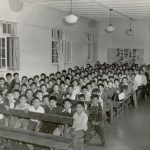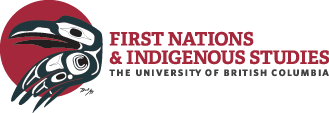Aboriginal Identity & Terminology
…“Aboriginal” became the mutually accepted term. In the Constitution, “Aboriginal” is used to include three groups previously defined by earlier categories: “Indian,” “Inuit,” and “Métis.” Each of these three predecessor…
Sixties Scoop
…(with the residential school system, for example), the drastic overrepresentation of Aboriginal children in the child welfare system accelerated in the 1960s, when Aboriginal children were seized and taken from…
Bill C-31
…the Indian Act status provisions. Lovelace joined the political action in the early 1970s, and took her case to the Supreme Court of Canada in 1974. When the Supreme Court…
Métis
…or unrecognized Métis peoples has been and will continue to be a major area of academic, legal, and political inquiry in Canada. And as scholars and other recognized experts revisit…
Constitution Act, 1982 Section 35
…plan to include Aboriginal rights so extensively within the constitution when the Act was being redrafted in the early 1980s. Early drafts and discussions during the patriation of the Canadian…
Global Actions
…Eastern Europe, Western Europe, and Other States.10 Delegates of the Indigenous organizations represent U.N.-designated socio-cultural regions that seek to achieve broad representation of Indigenous peoples: Africa; Asia; Central and South…
UN Declaration on the Rights of Indigenous Peoples
…member states worried that accepting the UNDRIP as drafted would undermine their own political autonomy. Of particular concern were the articles affirming Indigenous peoples’ right to self-determination. However, many Indigenous…
Oral Traditions
…deaf ears, and while he accepted their oral history as evidence, Justice Allen McEachern concluded that it held no weight. In his now infamous ruling, he concluded that the Gitksan…
The White Paper 1969
…1970. Union of British Columbia Indian Chiefs. “Our History”. https://www.ubcic.bc.ca/about The Hawthorn Report Hawthorn, Harry, ed. A Survey of the Contemporary Indians of Canada: Economic, Political, Educational Needs and Policies….


